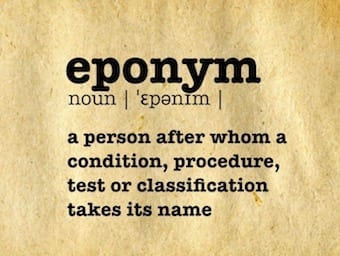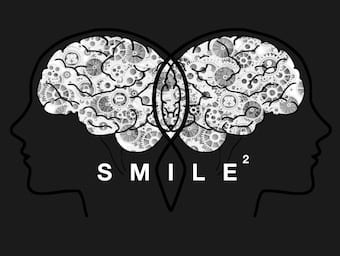
Heinrich von Bamberger
Heinrich von Bamberger (1822 - 1888) was an Austrian physician. Bamberger sign in pericardial effusion (1856); Bamberger-Concato disease

Heinrich von Bamberger (1822 - 1888) was an Austrian physician. Bamberger sign in pericardial effusion (1856); Bamberger-Concato disease

William James West (1794-1848) described West Syndrome (Infantile Spasms) - Triad of infantile spasms, developmental delay and hypsarrhythmia

This rarely used intramuscular chelator is the most toxic of all chelating agents, and is reserved for the treatment of severe poisoning from lead, inorganic arsenic and mercury, if possible EDTA or Succimer should be used instead.

Desferrioxamine is an effective iron chelator that is used to treat systemic iron toxicity or prevent the development of systemic toxicity following acute iron overdose. It should ideally be given before iron moves intracellularly and systemic toxicity develops.

Sutton's law: When making a diagnosis one should first consider the obvious, and conduct tests which could confirm/ rule out the most likely diagnosis.

Dicobalt edetate was developed as a cyanide antidote based on the known ability of cobalt to form stable complexes with cyanide.

Questions 13.1 A 52-year-old female was admitted the previous night with an altered level of consciousness that improved rapidly with administration of glucose. She is referred to ICU the next day with confusion, ataxia and a worsening level of consciousness.…

Issue 1 (Vol. 24) of Emergency Medicine Australasia published online on 9 February 2012 CT Pan-scan (Abstract) Asha and colleagues from the University of New South Wales report on a large cohort study comparing radiation exposure to trauma patients before and after the introduction…

As a typical kiwi bloke, I’m a dyed-in-the-wool rugby fanatic (pardon the sheep reference). So when opportunities with two Super Rugby franchises arose for me in the past year, I picked the ball up and sprinted for the posts. As…

My thoughts on Judy Wilyman's overly wordy collation of the global anti-vaccination lobby arguments, wrapped up in a 390 page opinion piece (sorry, pHD)

Emergency Medicine Critical Care (EMCC) is a brand new monthly publication by EB Medicine, the same folk that bring the monthly updates Emergency Medicine Practice (EMP) and Pediatric Emergency Medicine Practice (PEMP). If you haven’t had a chance to look…

Jellybean 101 & CICMxJB 8; Peta Alexander and changing cultures.
From Rocky to The Boston Children’s Hospital.